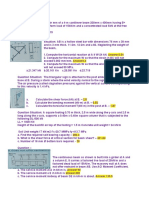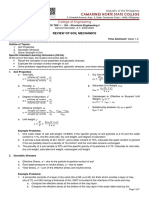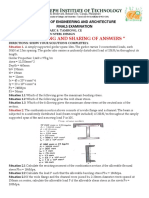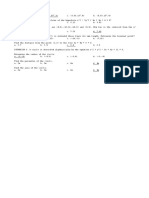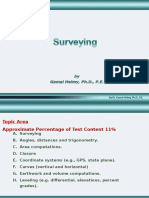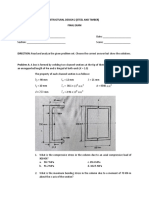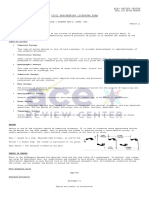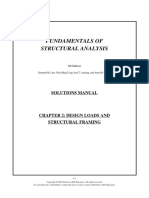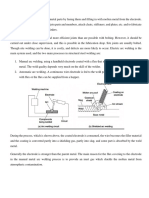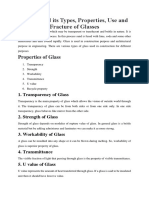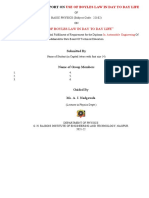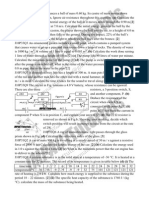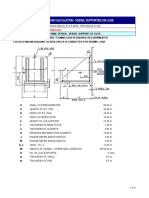0% found this document useful (0 votes)
491 views7 pagesModule 4 and 5
Steel Design
Uploaded by
Jane EspañolaCopyright
© © All Rights Reserved
We take content rights seriously. If you suspect this is your content, claim it here.
Available Formats
Download as PDF, TXT or read online on Scribd
0% found this document useful (0 votes)
491 views7 pagesModule 4 and 5
Steel Design
Uploaded by
Jane EspañolaCopyright
© © All Rights Reserved
We take content rights seriously. If you suspect this is your content, claim it here.
Available Formats
Download as PDF, TXT or read online on Scribd
/ 7
